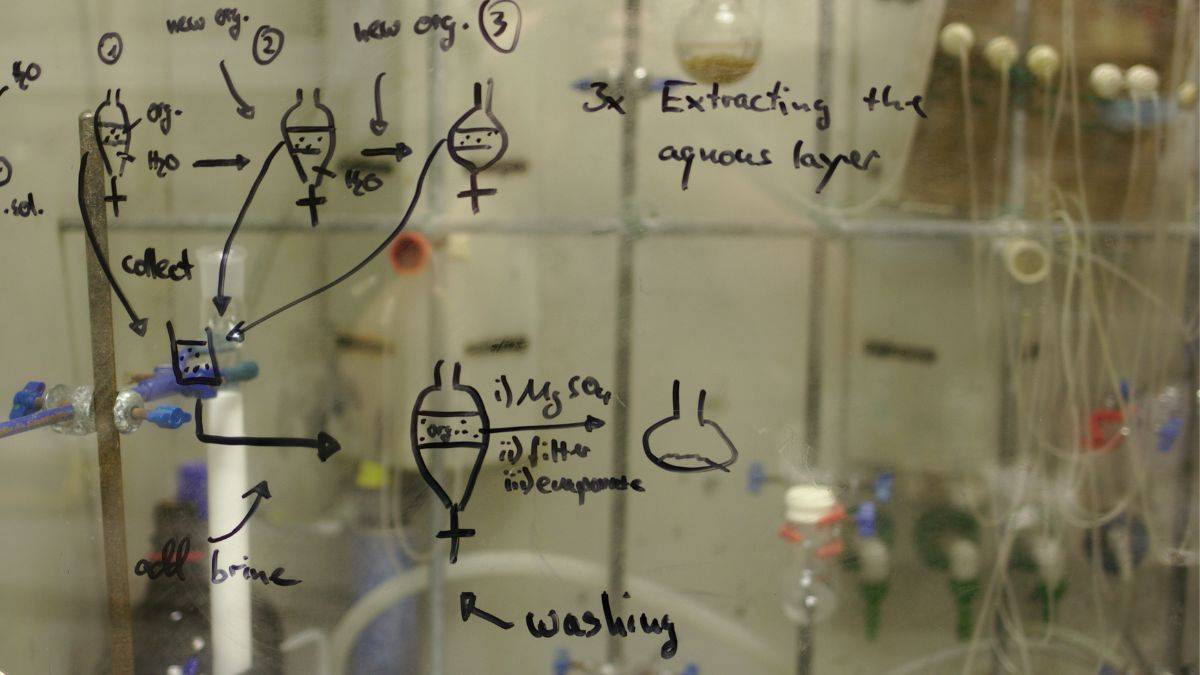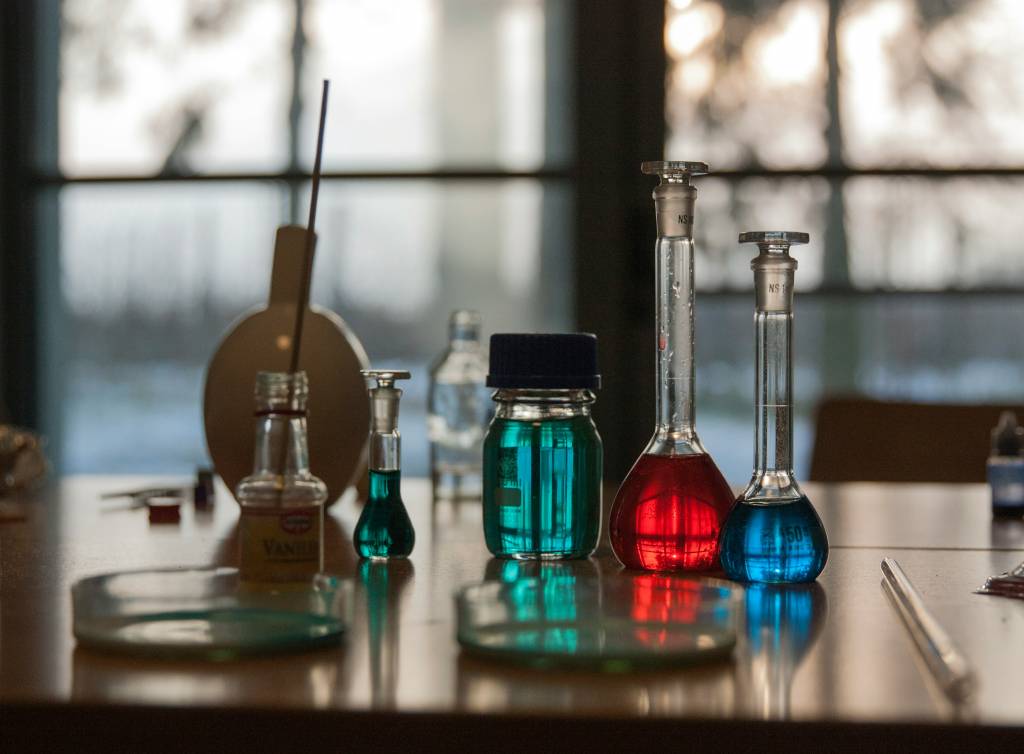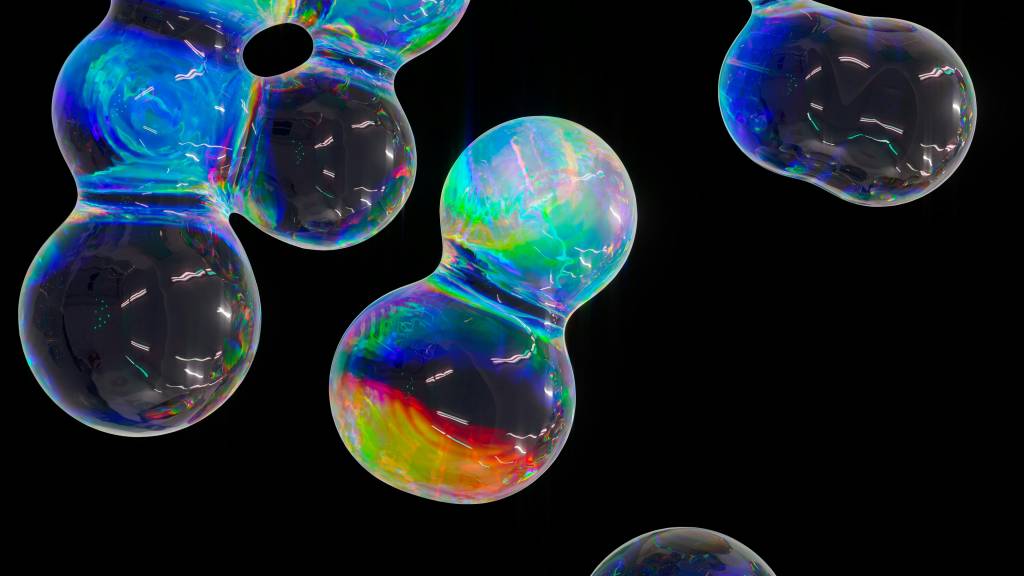
Now we will come across the factors influencing the rate of a reaction. This topic is one of the most crucial aspects of chemical kinetics and helps us know what is the actual possible reason behind the reaction behaving in a particular way. How fast or slow a reaction is taking place is an indirect result of the combination of one or more than one factors. Let us study how this happens and the consequences of these factors on the result. Check the article further.
Relevant Suggestion: NCERT Solutions
- What is Rate of a Reaction?
- Factors Influencing Rate of a Reaction
- Molecularity of a Reaction
- Class 12 Chemistry Notes for Important Chapters
- Class 12 Chemistry NCERT Solutions
What is Rate of a Reaction?
The rate of a chemical reaction is referred to how much time is taken by a chemical reaction to occur. In simple terms, how fast a reactant is converted into a product in a chemical equation is known as rate of a reaction. SI Unit for rate of reaction is M/s (molarity per second). Mathematical representation for a reaction A → B can be depicted through the formula:
Where,
A = Reactant
B = Product
The negative sign in the equation indicates that the quantity of A decreases during the reaction which then is gradually converted into B.
Click to Read: NCERT Chapter 3 Chemistry: Chemical Kinetics
Factors Influencing Rate of a Reaction
There are various factors involved which can affect the Rate of a Chemical Reaction, such as how fast and efficiently the reactions can occur. Let us dive into the detailed aspects of these core factors which can help us understand how a chemical reaction takes place:
1. Concentration of Reactants
The first factor which can affect the reaction rate if the amount of reactants present. Let us understand this through a simple equation:
A → B
The reaction in this equation will occur at a faster rate if the concentration of A in the equation is high. Also, the rate of conversion to the product will be more efficient.
Higher Concentration of Reactants → A Faster Reaction Rate.
A higher number of reactants means more collisions will occur which can increase the probability of a reaction to happen.
2. Temperature Dependence
Temperature is another important factor which can also affect how fast the chemical reaction will occur. Increased temperatures can lead to increase in the kinetic energy of the particles which will result in frequent collisions. The particles will then move faster and collide with each other at higher rates. Therefore,
Higher temperature → A Faster Reaction Rate
Example: Cooking food.
3. Catalysts
These are used to speed up the rate of a chemical reaction without themselves getting consumed in the process. This can be achieved by simply lowering the activation energy. For example:
2H2O2 → (MnO2) → 2H2O+O2
Here, you can see that MnO2 has been used as the catalyst for speeding up the entire chemical reaction.
Types of Catalysts:
- Homogeneous Catalyst: These are in the same phase as the reactant (usually liquids or gases)
- Heterogeneous Catalyst: These are in different phases from the reactants (usually solid with a liquid or gas)
- Auto Catalyst: These are the products of a chemical reaction which act as a catalyst for the same.
4. Surface Area
More surface area will lead to more space for contact for the reactants which can lead to higher number of efficient collisions for the particles and therefore increase the rate of a chemical reaction.
5. Pressure (for gases)
For reactions involving gases,
Higher Pressure → A Faster Reaction Rate
Due to increase in the pressure of gases, the result will be more number of particles in a comparatively less area of space which can lead to more frequent collisions of the particles, ultimately leading to higher rate of reaction.
Molecularity of a Reaction
This is one more important topic covered under chemical kinetics which helps candidates easily understand the basic principles of a chemical reaction. Molecularity of a reaction is basically the number of reactants involved in the primary step of the chemical reaction.
Students can refer to some of the major types of molecular reactions below:
1. Unimolecular Reaction:
These reactions contain only 1 reactant in the elementary step of the chemical reaction. It is defined by:
A→B+C
Where A is the reactant atom or molecule.
2. Bimolecular Reaction:
These reactions contain 2 reactants in the elementary step of the chemical reaction and are defined by:
A+B→C
Where A and B are the reactant atoms or molecules.
3. Trimolecular Reaction:
These reactions contain more than 2 reactants in the elementary step of the chemical reaction and are defined by:
A+B+C→D+E
Where A, B and C are the reactant atoms or molecules.
Class 12 Chemistry Notes for Important Chapters
Students preparing for exams like JEE MAINS can refer to the notes given below for effective preparation:
| Chapter No. | Chapter Notes |
|---|---|
| 1 | The Solid State Notes* |
| 2 | Solutions Notes |
| 3 | Electrochemistry Notes |
| 4 | Chemical Kinetics Notes |
| 5 | Surface Chemistry Notes* |
| 6 | The p-Block Element Notes* |
| 7 | The d- and f-Block Elements Notes |
| 8 | Coordination Compounds Notes |
| 9 | Haloalkanes and Haloarenes Notes |
| 10 | Alcohols, Phenols and Ethers Notes |
| 11 | Aldehydes, Ketones and Carboxylic Acids Notes |
| 12 | Organic Compounds Containing Nitrogen Notes |
| 13 | Biomolecules Notes |
| 14 | Polymers Notes* |
| 15 | Chemistry in Everyday Life Notes |
Class 12 Chemistry NCERT Solutions
Here are the ncert solutions for chapters in chemistry which can help candidates clear their basic concepts.
Commonly asked questions
How come catalysts are able to speed up the reaction without themselves getting consumed?
This is possible because these catalysts have a lower activation energy, which allows a comparatively higher number of particles to react at a faster rate. More number of particles will mean more frequent collisions which speeds up the process.
Does the rate of a reaction also depend on the phase of reactants?
Yes, the phase of the reactant (solid, liquid or gas) actually affects the rate of a reaction. Gases and Liquids tend to move more freely and effectively as compared to solids, which increaes the frequency of particles colliding with each other.
Is SN2 unimolecular or bimolecular?
SN2 is a bimolecular reaction. This is because as per the rate law,
Rate = k [substrate] [nucleophile]
Here, the rate determining step is dependent on both substrate and nucleophile, unlike SN1 who only involves substrate. Therefore, SN2 is proved to be bimolecular.
Chemistry Chemical Kinetics Exam



